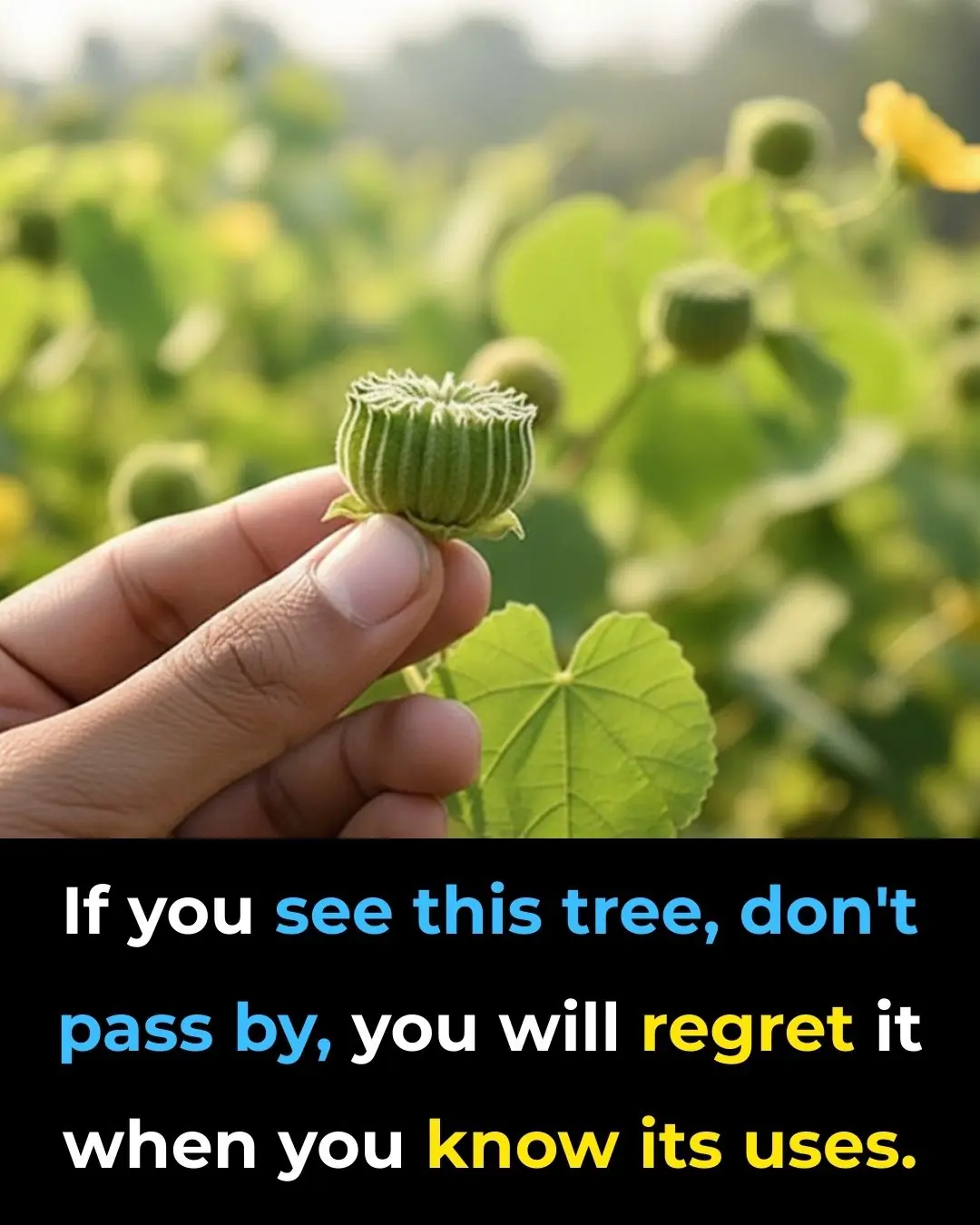
The Walking Trees of Ecuador: They Reportedly Move Up to 20 Meters Per Year




A unique species of palm tree might just be the only tree on Earth rumored to possess the ability to walk.
A Tree That "Walks" Through the Rainforest?
In the remote rainforests of Ecuador, there grows a strange and fascinating palm known as Socratea exorrhiza. According to local folklore and rainforest guides, this tree is capable of slow, deliberate movement—something akin to the Ents from The Lord of the Rings. While these tropical giants certainly aren’t preparing to storm the gates of Isengard, they share one striking similarity with their fictional counterparts: movement.
Unlike ordinary trees, which remain rooted in place their entire lives, Socratea exorrhiza is believed to shift its position over time by growing new roots in one direction while letting older roots die off. This unusual adaptation allegedly allows the tree to “walk” toward better sunlight or more stable soil as environmental conditions change.
How Much Can It Actually Move?
Reports suggest that this slow-motion migration happens at a rate of 2 to 3 centimeters per day, adding up to nearly 20 meters per year. Though this might seem negligible by human standards, it’s a remarkable claim in the world of plants. To imagine a tree actively relocating itself—even over a period of years—is both eerie and fascinating.
Tourists exploring Ecuador’s rainforests are often captivated by stories from local guides about these “walking trees.” The most popular tale? That Socratea exorrhiza walks in search of light, growing new roots in the direction of the sun, while gradually letting the old ones rot away behind it.
The Science Behind the Legend
The idea that these palm trees can walk gained some academic traction in 1980, when anthropologist John H. Bodley proposed that the palm’s distinctive stilt-like roots might allow it to move away from its original germination point. These roots, which emerge several feet above the ground, do give the appearance of long, thin legs supporting the tree—adding to the walking illusion.
Peter Vrsansky, a Slovak palaeobiologist who spent months studying the flora of Ecuador’s Unesco-designated Sumaco Biosphere Reserve, explained the process in more detail. As soil erodes around the base of the tree, the palm begins to grow new roots toward firmer ground and sunlight. Over time, as the new roots anchor into more stable soil, the tree slowly shifts its position, lifting the old roots into the air and eventually letting them wither. This “relocation” process may take several years—a long, patient march toward better living conditions.
A Controversial Claim
Not everyone in the scientific community agrees with the idea of a walking tree. In 2005, biologist Gerardo Avalos, director of the Center for Sustainable Development Studies in Costa Rica, published a paper refuting the walking tree theory. According to Avalos, although the Socratea exorrhiza does produce new roots periodically, these are simply part of the tree’s natural growth and structural support—not an engine for movement.
“My paper proves that the belief in the walking palm is just a myth,” Avalos told Live Science. “The idea that a tree could slowly follow changes in canopy light by moving across the forest floor is simply a story that rainforest guides enjoy telling tourists.”
So Why the Confusion?
The likely culprit is the tree’s peculiar root system. Its stilt-like roots begin several feet above the ground and spread outward in various directions, giving the tree a broomstick-like appearance. As surrounding soil erodes or shifts, some roots die and new ones emerge. This dynamic change may create the illusion that the tree is “stepping” slowly in one direction.
Combined with the imaginative narratives of local guides, this unique appearance has helped fuel the myth of the walking tree. Yet despite decades of speculation and storytelling, no time-lapse video or definitive scientific observation has ever confirmed that these trees genuinely relocate over time.
Still, if you ever come across footage proving otherwise, the scientific community would love to see it!
Plants That Actually Do Move
While the Socratea exorrhiza may not literally walk, nature is not without its mobile plants. One prime example is the Creeping Devil cactus (Stenocereus eruca) of Mexico, which is capable of slowly crawling across sandy desert landscapes. Unlike the walking palm, this cactus leaves part of its body behind while the front end grows forward—effectively dragging itself inch by inch.
Another example includes some species of vines, which “climb” over large distances by sending tendrils toward supportive structures like trees or rocks, redirecting their growth toward sunlight.
Conclusion
Whether or not the Socratea exorrhiza truly walks, its striking structure and the stories surrounding it continue to captivate the imagination of scientists, travelers, and nature lovers alike. Perhaps it's not so important whether the tree actually moves, but rather that it reminds us how diverse, strange, and awe-inspiring the plant world can be.
And in the heart of Ecuador’s rainforests, a tree that looks like it could take a step at any moment might be just the kind of magic we need.
News in the same category


Homeowner Resumes Backyard Treasure Hunt

7 Household Appliances That Drain More Power Than Your Air Conditioner—And Why I Regret Owning Them All
From constant-use devices like refrigerators to high-powered kitchen tools, every household has hidden electricity traps.

Another US doctors’ group breaks with federal policy, recommends COVID-19 vaccines for all adults

Donald Trump Says There Could Be People in Epstein Files Who ‘Don’t Deserve to Be’ There in Shocking Statement

Think Bottled Water Is Safer Think Again

5 Early Warning Signs of Cervical Cancer That 90% of Women Overlook
Cervical cancer is not a silent killer—it sends out warnings. The challenge is whether women notice and act on them in time.

8 Shocking Toilet Clues That Could Signal Cancer: Don’t Ignore These Early Warnings
Many people dismiss subtle changes in bathroom habits as minor or temporary issues. However, certain unusual signs when you go to the toilet could be early red flags of serious health problems. Recognizing them in time can make the difference between earl

Study Reveals How Earth’s Orbit Triggers Ice Ages, And There’s One in The Next 11,000 Years

This 3,200-Year-Old Tree Is So Big, It’s Never Been Captured In A Single Photograph…

Travel Coast-to-Coast by Train and See America’s Greatest Sites For Just Over $200

Descend Into the Heavenly Pit: Exploring Xiaozhai Tiankeng, the World’s Deepest Sinkhole

How to See Halos, Sun Dogs and Other Delights of the Daytime Sky

When someone in the family passes away, you should know that you should not keep these 4 relics for your children and grandchildren.

Student dies by suicide after undergoing a beard transplant in Turkey from an ‘estate agent posing as a surgeon’

The Sun Begins Killing off Elon Musk’s Starlink Satellites as Scientists Sound Alarm

Never Leave a Charger in Outlet Without Phone. Here Are the Top 6 Reasons Why

3 Coffee Types That Can Add Years to Your Life and Shield You from Heart Disease and Stroke
Enjoying two to three cups of ground, instant, or decaf coffee daily can be a powerful step toward a longer and healthier life.

Bananas Are Packed With Nutrients, But These 4 Groups Should Avoid Eating Too Many
Bananas are undeniably one of the most versatile and beneficial fruits. From boosting digestion to supporting heart health, they offer a wide range of nutrients. However, they are not suitable for everyone.
News Post

iPhone users slam latest update a 'downgrade' after noticing 'diabolically ugly' new features

Facebook users set to receive their share of $725,000,000 settlement as payments begin

Woman sends thousands of dollars to 'stranded astronaut' who was 'suffocating in space'

iPhone users warned to do one thing before updating to iOS 26

Guy Mocked for Dating 252-lb Woman

Homeowner Resumes Backyard Treasure Hunt

The Most Effective Ways to Get Rid of Bumps on Inner Thigh (Backed by Science)

Early Signs of Liver Damage & How to Strengthen Your Liver

Boil sweet potatoes, don't just add water

Why do old people often have many spots on their bodies?

Nothing phone brutally mock Samsung after they slammed Apple's latest iPhone

Medicinal uses of the plant

Mice are running around on the ceiling, do this immediately and they will disappear without a trace, without any cost.

Shingles Vaccine May Protect Against Dementia, New Study Suggests
Could a simple vaccine hold the key to protecting the brain against one of the most feared diseases of aging?

Foods Gout Patients Must Avoid at All Costs: Protect Your Health and Keep Painful Flare-Ups Away
Avoiding purine-heavy foods like organ meats, processed meats, certain fish, and yeast-based products can help reduce flare-ups and maintain joint health.

7 Household Appliances That Drain More Power Than Your Air Conditioner—And Why I Regret Owning Them All
From constant-use devices like refrigerators to high-powered kitchen tools, every household has hidden electricity traps.

Surgeons Face the Highest Mortality Risk Compared to Other Physicians, Study Finds
From elevated cancer rates to stress-induced cardiovascular disease, the profession carries health costs that demand greater awareness and intervention.

The Most Dangerous Time to Sleep: Why Going to Bed Late Can Harm Your Health

DIY Carrot Oil for Skin: Natural Remedy for Radiance and Anti-Aging
Homemade carrot oil is a simple, nutrient-packed solution for brighter, firmer, and deeply hydrated skin. Whether you choose the slow, nutrient-preserving sun infusion or the quick simmering method, this golden oil can rejuvenate your skin from the inside
